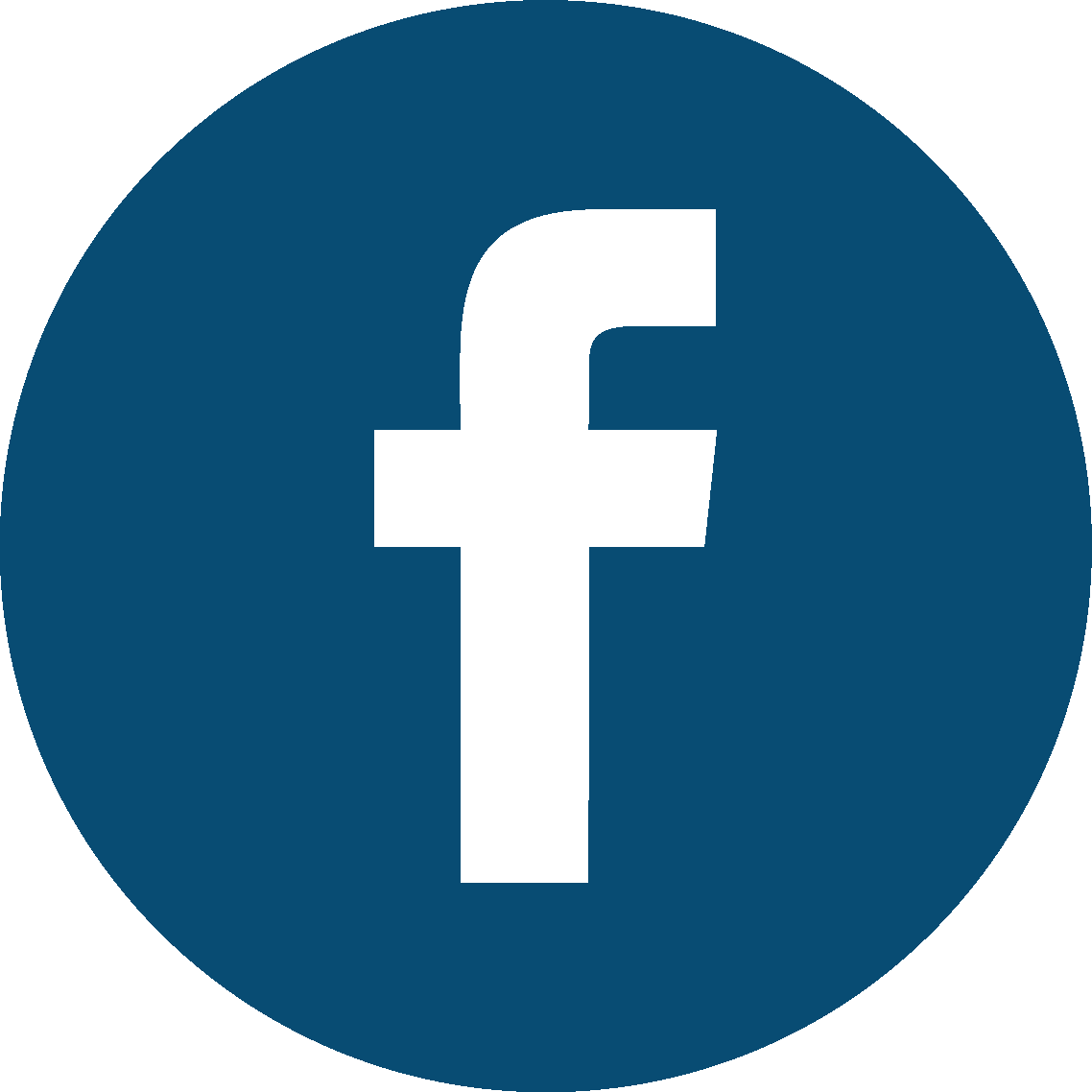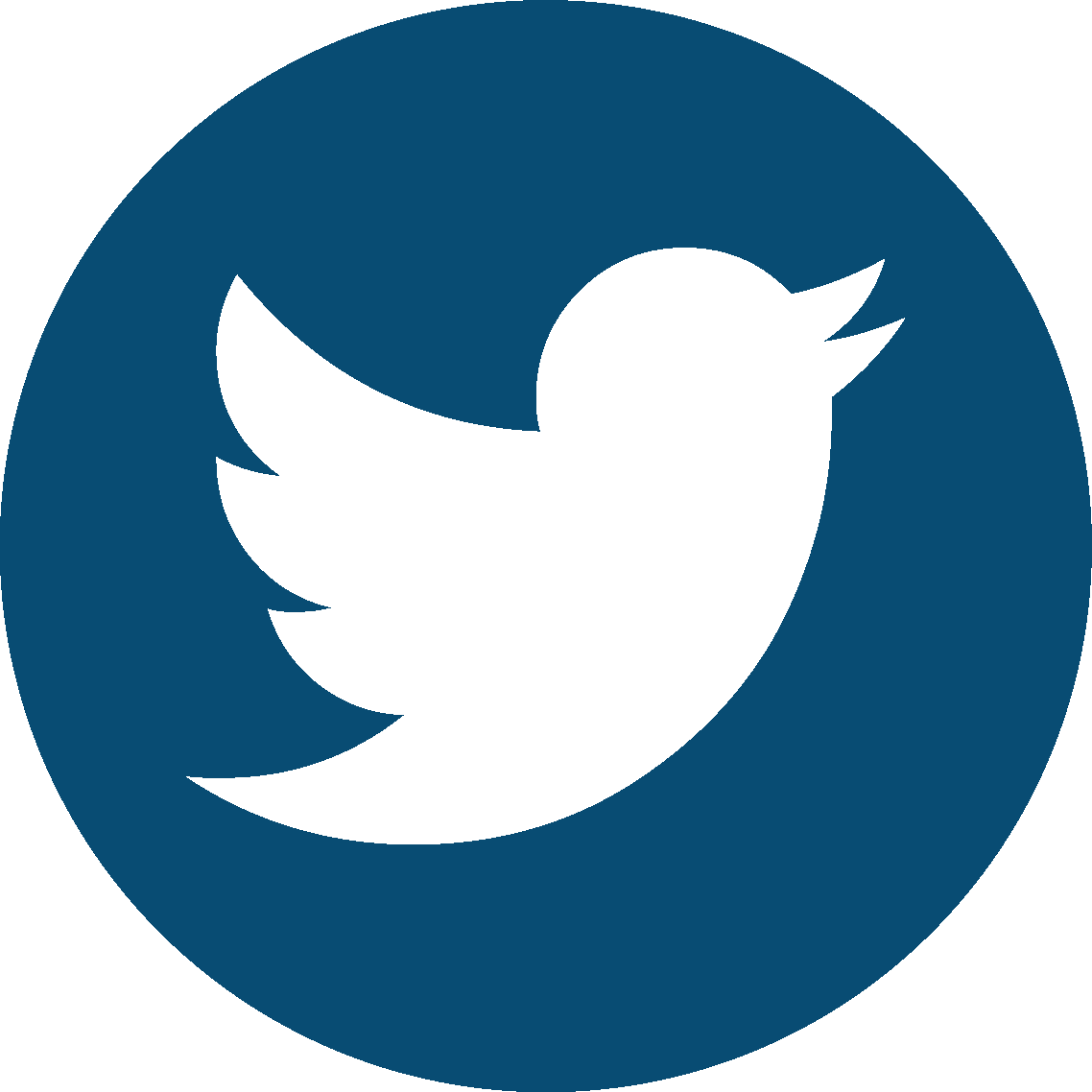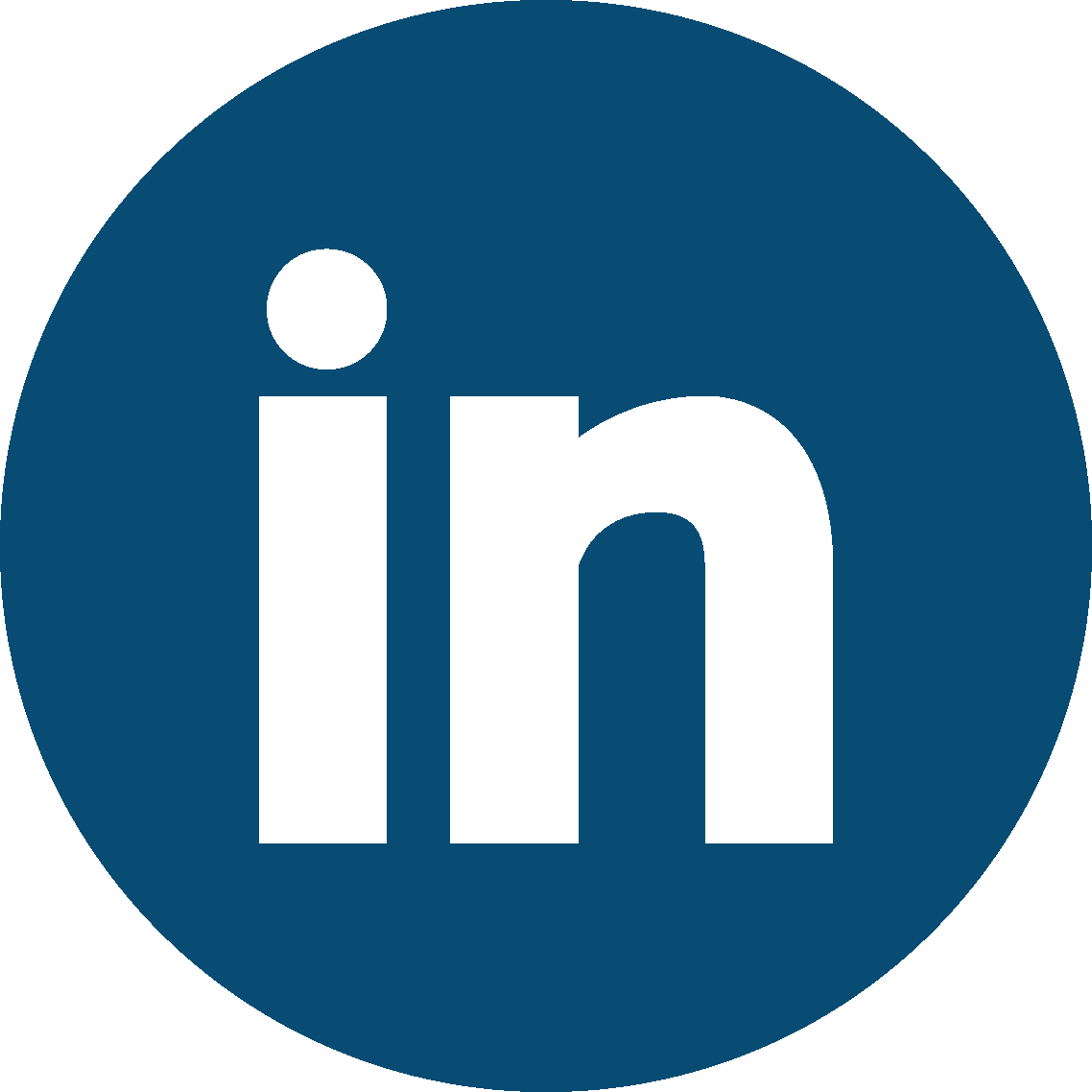Watch: The Math Behind Smarter TV Advertising
Many marketers think creative wins campaigns.
But what if that’s not the whole story?
At ADWEEK’s Brandweek, Marketing Architects CEO Angela Voss and The Insight Collective’s Chief Strategy & Innovation Officer Dale Harrison broke down why reach (not creative) is the most powerful force in marketing. And how that insight reshapes how we plan, buy, and measure TV.
Reach is a multiplier.
Campaign effectiveness depends on two factors: how persuasive the ad is, and how many people it reaches. While creative effectiveness has a ceiling, reach can scale fast. Doubling your creative’s persuasiveness will never match the growth potential of reaching 100x more future buyers.
That’s why brands chasing scale should think less about perfecting their ad and more about exposing more potential buyers to their message. As Dale puts it, “No one buys a brand they don’t remember.” Reach is what builds memory. And memory drives recall.
Forget one-and-done reach. Go for consistency.
Most people aren’t ready to buy when they see your ad. So awareness alone isn’t enough. What matters is whether consumers remember you when it’s time to make a purchase decision.
But memory fades fast. That’s why reach isn’t a box you check once, but a rate to maintain by showing up regularly.
Reach requires rejecting narrow targeting.
TV can feel expensive. So the instinct is to tighten your target. But that can backfire.
Digital-first brands often bring hyper-targeting habits to TV. But this approach ignores the role of light buyers and secondary influencers. Even in B2B, a purchase decision typically involves six to ten people. And in an example from consumer-packaged goods, Coca-Cola reports that half their buyers only purchase Coke once or twice a year.
Only targeting heavy buyers shrinks your future customer base. And thanks to targeting fees, you also pay more to do it.
Cost matters more than you think.
TV’s reputation for being expensive isn’t the whole story. Sure, a Super Bowl ad runs $8 million for 30 seconds of airtime. But outside of marquee events, linear TV can be a surprisingly efficient way to reach broad audiences.
Connected TV, on the other hand, has a lower barrier to entry but comes with higher CPMs thanks to tech fees, targeting layers, and platform costs. That means fewer impressions for your budget.
The real advantage comes from tapping into the full TV landscape and selecting buys based on the most efficient ways to reach your specific audience. Brands that limit their buys to just a handful of premium networks often end up paying more to reach fewer people.
Technology unlocks smarter media buys.
Humans can’t manage the full complexity of today’s fragmented media landscape. That’s why AI matters.
Marketing Architects built Annika, a media-buying AI that identifies opportunities across thousands of inventory sources, cutting costs while maximizing reach. It evaluates which buys will drive the best ROI based on audience and performance criteria. The result is smarter use of TV budgets.
TV measurement isn’t simple.
According to a survey of more than 300 marketers, linear TV is the hardest channel to measure. CTV follows close behind in third place. But hard doesn’t mean impossible.
Angela reminded the audience: “All models are wrong. Some are useful.”
Successful advertisers use multiple measurement approaches such as spot-based attribution, media mix modeling (MMM), incrementality testing, and geo holdout groups to triangulate results. No single model tells the full story. But together, they can point you toward what’s working.
Brands winning on TV chase reach. Broad, consistent, cost-effective reach. That reach, combined with the strong creative, smart technology and layered measurement, turns TV from a brand tool alone into a full-funnel growth engine.
Keep learning about the power of reach.
Listen to Dale’s perspective on the NBD-Dirichlet model that governs consumer behavior on The Marketing Architects Podcast.



